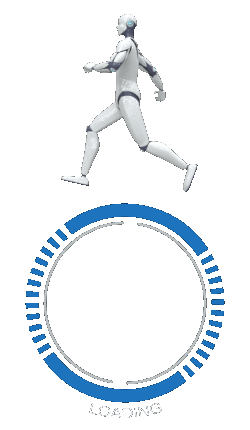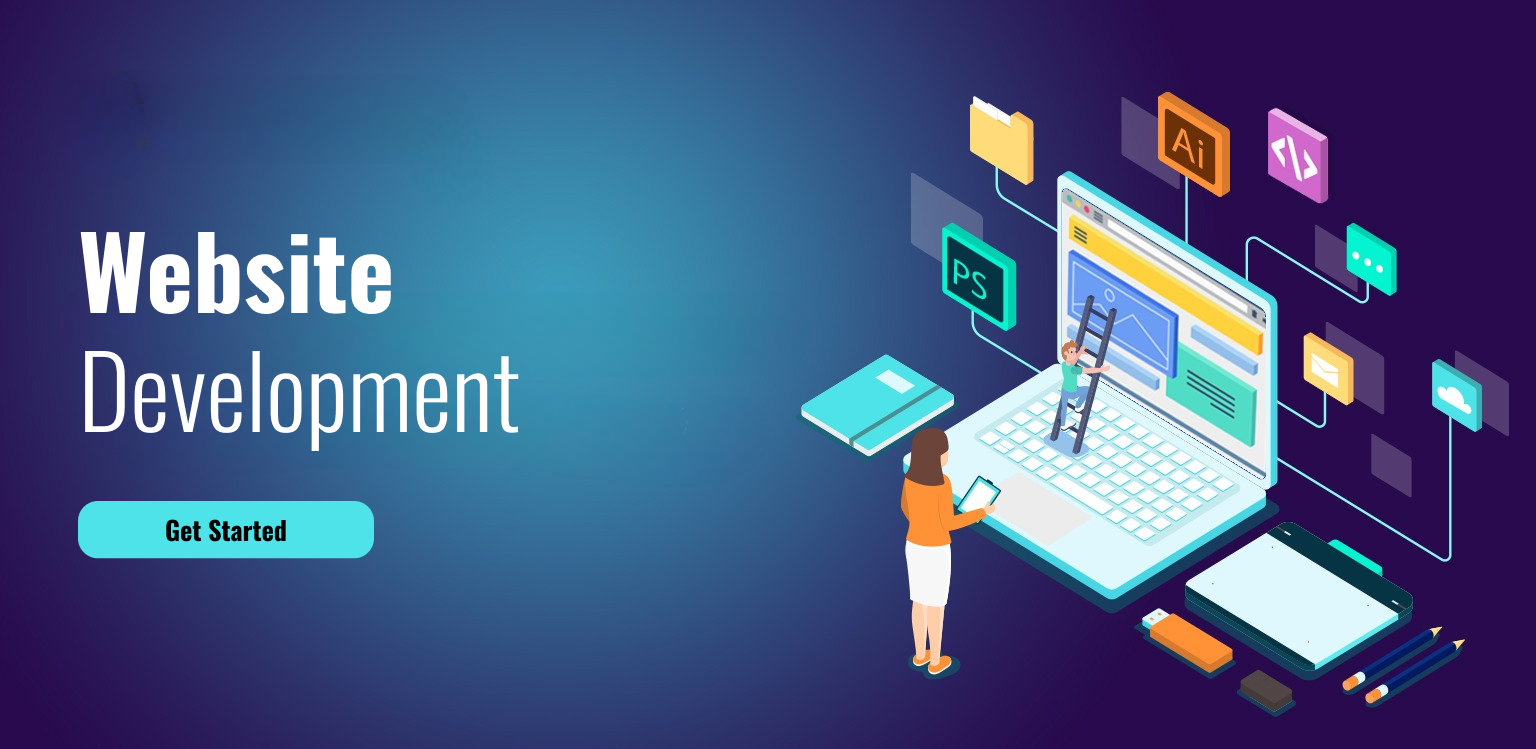



Web design is the process of creating the visual layout, structure, and user experience of a website. It involves combining aesthetics with functionality to ensure the website is not only appealing but also easy to navigate. Effective web design integrates essential elements such as content hierarchy, wireframes, and the principles of UX (User Experience) to create a seamless interaction for users. Popular web designs focus on clean layouts, user-friendly navigation, and responsive design to ensure accessibility across various devices. A great design is also powered by strong backend architecture and built with code, such as HTML and CSS, to bring the vision to life.
While the visual elements of a website capture a visitor’s attention, the backend is the engine that makes it all work. It handles databases, server configurations, and content management systems (CMS) to ensure smooth functioning. Building websites involves a strong understanding of backend technologies to maintain website performance, manage data, and provide features that are essential for both users and site owners. The seamless interaction between frontend design and backend development is critical for creating websites that load quickly, handle complex tasks, and offer a great user experience.
The frontend of a website refers to the visual elements that users interact with directly. This includes the layout, colors, fonts, images, and navigation. The key to effective frontend design is understanding how to use HTML and CSS to structure and style the site, ensuring it is visually appealing while maintaining functionality. In modern web design, popular trends include one-page web designs, which simplify navigation and make the user experience more intuitive. Ensuring the frontend is accessible and follows UI (User Interface) best practices can significantly enhance user engagement and improve the overall usability of the website.
Becoming a web designer requires both creativity and technical skills. Here are five essential steps to get started:
Web design focuses on the visual aesthetics and user experience (UX) of a website, including layout, color schemes, and typography. Web development, on the other hand, involves building and maintaining the website’s functionality using programming languages and frameworks.
Responsive design ensures that a website adapts seamlessly to various devices and screen sizes, providing an optimal viewing experience for users on desktops, tablets, and smartphones. This adaptability is crucial as it enhances user engagement and accessibility.
The timeline varies based on the project’s complexity, features, and scope. A simple website may take a few weeks, while a more complex site with custom functionalities can take several months.
A CMS is a software application that allows users to create, manage, and modify content on a website without needing specialized technical knowledge. Popular CMS platforms include WordPress, Joomla, and Drupal.
The cost depends on various factors, including design complexity, functionality requirements, and the development team’s expertise. It’s advisable to discuss your specific needs with a professional to obtain an accurate estimate.